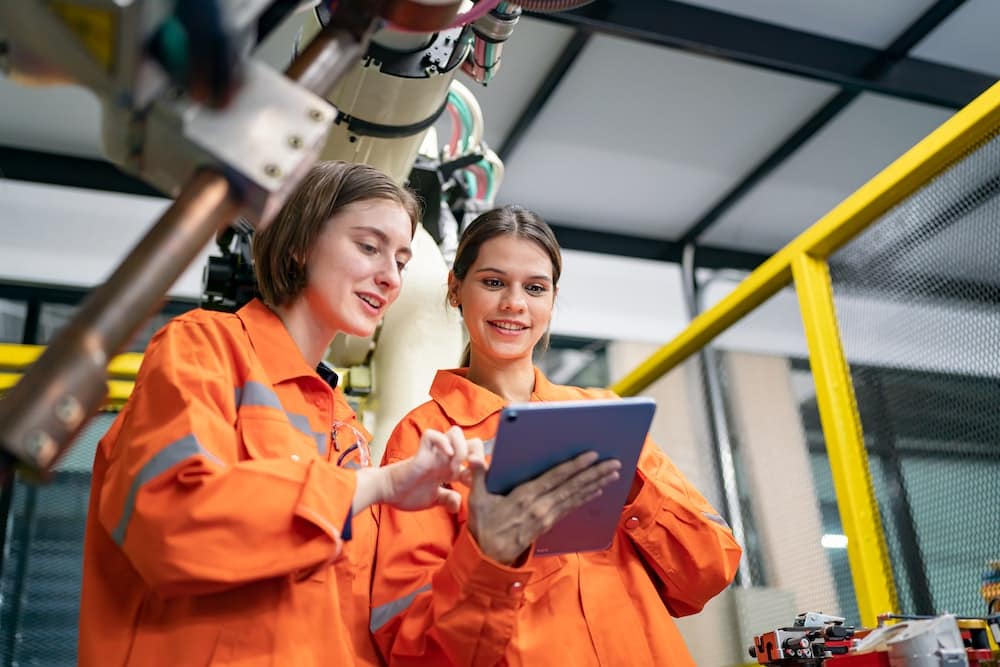
The poultry industry has undergone a significant transformation over the decades. Once highly traditional, it is now moving into an era where technology and automation play a major role. At the heart of this evolution, innovation and connectivity are emerging as essential pillars.
Hatcheries, the centrepieces of this revolution, are no longer just simple breeding centres. They now incorporate automated systems to meet growing production demands while improving operational efficiency.
A lire en complément : Complete guide to propel your site internationally
This article helps the public to better understand how these elements contribute to continuous improvement in the poultry sector. Learn about the history of automation, the emerging technologies of the moment, the operational benefits associated with them and the role of connectivity in this revolution.
Hatchery automation began several decades ago. The first advances were the introduction of mechanical devices to facilitate egg turning. Since then, a gradual advance has taken place. Today, we are in an era of more sophisticated automated systems.
A voir aussi : Latest advancements in robotics
These incorporate a complex array of components, from temperature and humidity control devices to egg turning mechanisms. Modern sensors closely monitor every stage of the process, ensuring optimum conditions for embryo development. In addition, automated management systems ensure precise regulation, creating an environment conducive to the health and growth of the embryos.
The integration of advanced robotics with real-time data analytics is revolutionizing the way we approach poultry farming. Not only does it increase production, it also contributes to consistent chick quality. The precision of automated systems also reduces the margin for error. As for constant monitoring, it ensures ideal conditions, which in turn guarantees a higher hatching success rate.
As mentioned above, we are witnessing a progressive evolution of technology in hatchery automation. Emerging technologies such as artificial intelligence (AI), computer vision and advanced sensors can radically transform the way hatcheries operate.
Current innovative systems include:
The incorporation of these technological innovations has a direct impact on hatchery productivity and efficiency. Increased surveillance, combined with intelligent automation, enables rapid response to changing conditions. This translates into higher hatch rates, better chick quality and more efficient management of resources.
The integration of the Internet of Things (IoT) marks a revolution in hatchery automation. Connected sensors, RFID tags and IoT devices enable real-time data collection, creating an interconnected network within the hatchery. This connectivity provides unprecedented visibility into every stage of the process, enabling proactive and informed management.
The data generated by connected systems is not just isolated data points. It feeds into in-depth analyses that can be exploited to optimise processes. Machine learning algorithms, for example, can anticipate needs and automatically adjust the parameters of the hatchery environment.
To take this a step further, connectivity offers tangible benefits. For example, it enables remote monitoring, automated management of egg stocks, and even real-time alerts in the event of abnormal conditions. All this gives producers greater control and the ability to make informed decisions based on hard data.
Despite the undeniable advantages of automation, technical and operational challenges remain. These represent real obstacles to overcome for players in the poultry sector. Firstly, the complexity of automated systems can lead to unforeseen breakdowns, requiring specialist technical expertise to resolve them quickly. Producers must therefore be prepared to deal with these unforeseen events by investing in ongoing training for their staff.
Moreover, the transition to advanced technologies is a major challenge, particularly in terms of logistics. Integrating these innovations requires an overhaul of operational processes and an adaptation of workers' skills. In-depth staff training is therefore becoming imperative to maximise the benefits of automation while minimising adaptation times, a delicate balance to strike.
In addition to internal challenges, the poultry sector has to contend with a rigorous regulatory environment. Subject to strict standards designed to guarantee product quality and safety, producers must constantly align their practices with these ever-changing requirements. The adoption of new technologies, while beneficial, involves costly adjustments to comply with current standards, creating additional pressure on players in the sector.
Navigating this complex landscape of technical, operational and regulatory challenges is becoming an inescapable reality for poultry producers. This requires not only agile management, but also proactive management to ensure the success of automation in hatcheries.
Despite the many challenges associated with hatchery automation, the future looks bright. Emerging trends point to further integration of artificial intelligence, autonomous robots, and even greater connectivity. Systems should evolve to be more intuitive, adaptive and capable of adjusting in real time to the specific needs of each batch of eggs.
On the other hand, ongoing innovation in the field offers the potential for continuous improvement in hatchery automation. More and more research should now focus on sustainable, environmentally-friendly solutions that are capable of meeting the specific challenges of the poultry sector. Investment in staff training to take full advantage of these technologies is also essential.
Finally, automation and connectivity are radically transforming the poultry industry. Hatcheries are evolving from simple breeding centres to technological hubs incorporating sophisticated automated systems. Innovation and connectivity offer tangible benefits in terms of productivity, efficiency and product quality. While challenges remain, a commitment to continuous improvement and innovation is paving the way for a future where automation redefines the standards of the poultry industry.